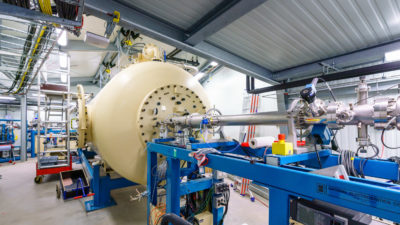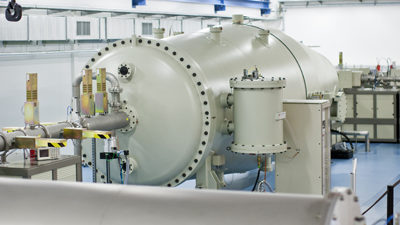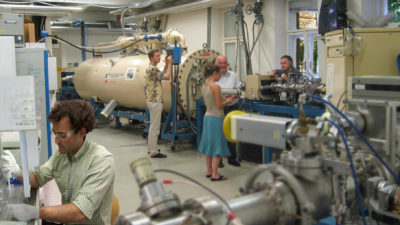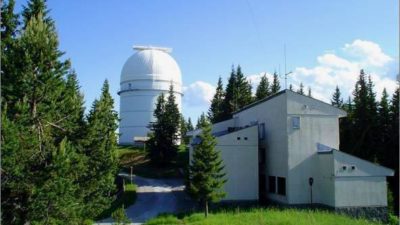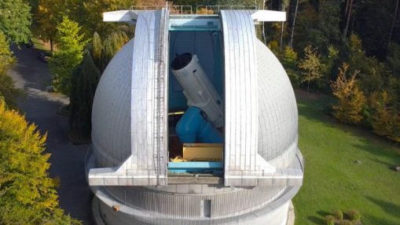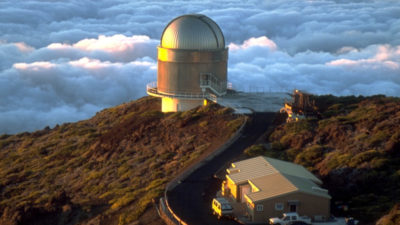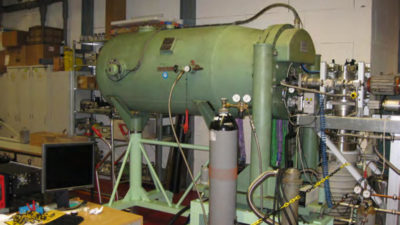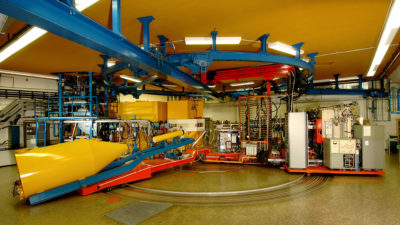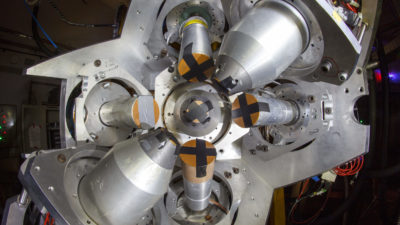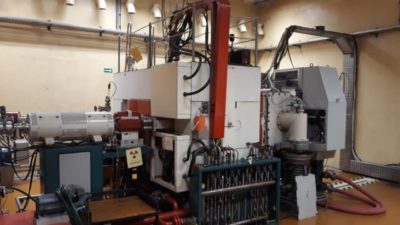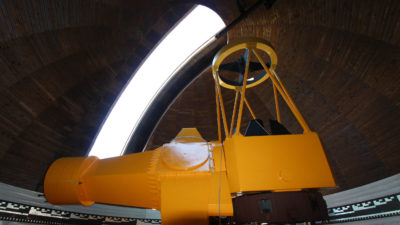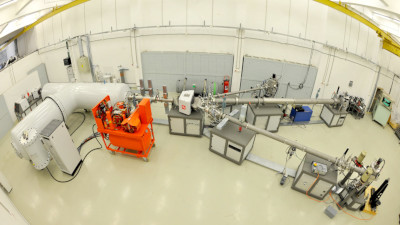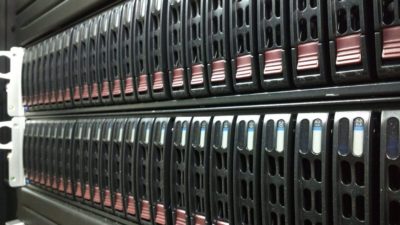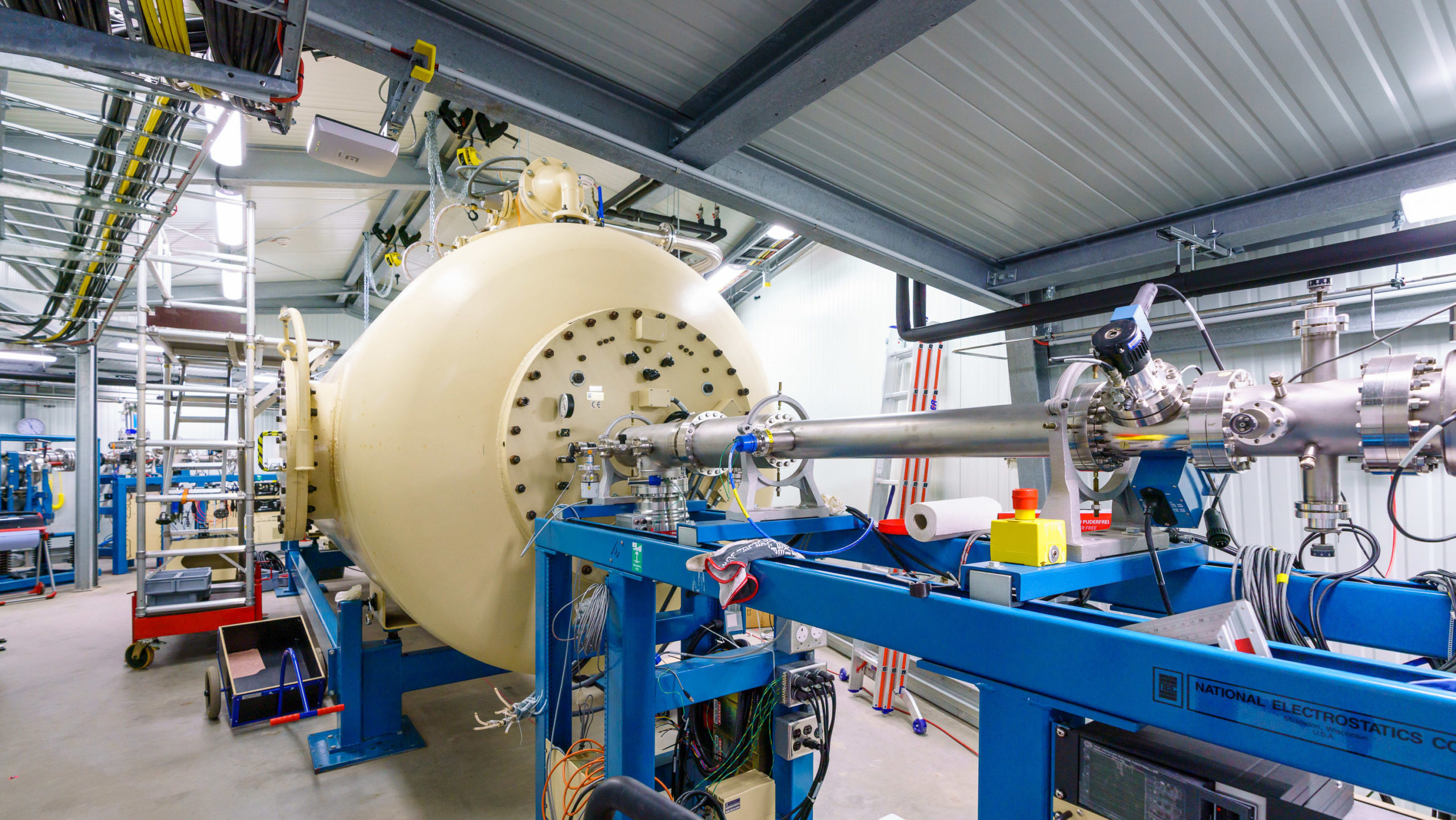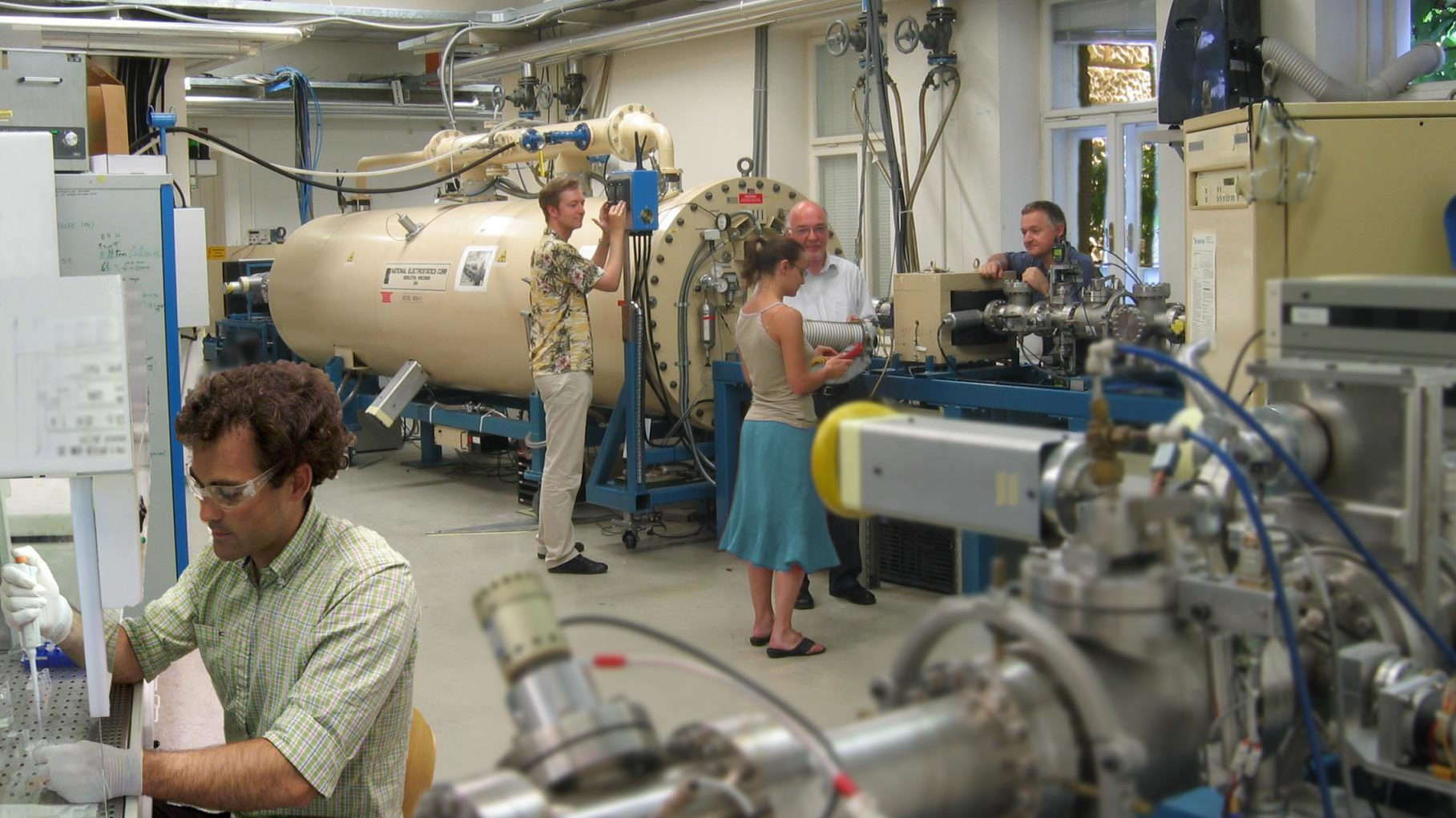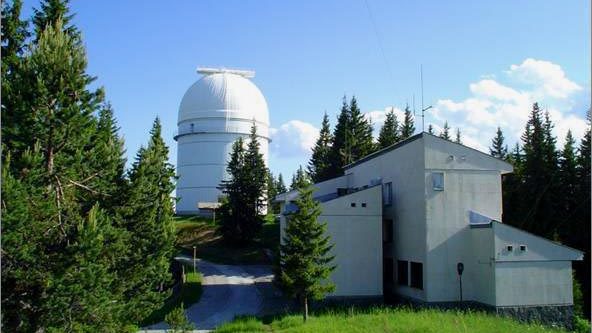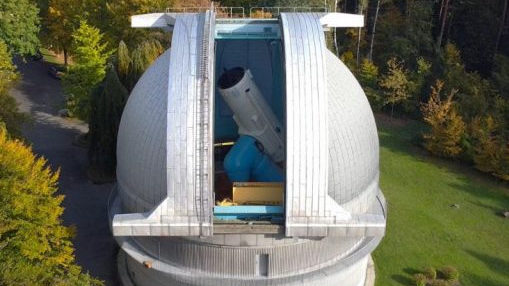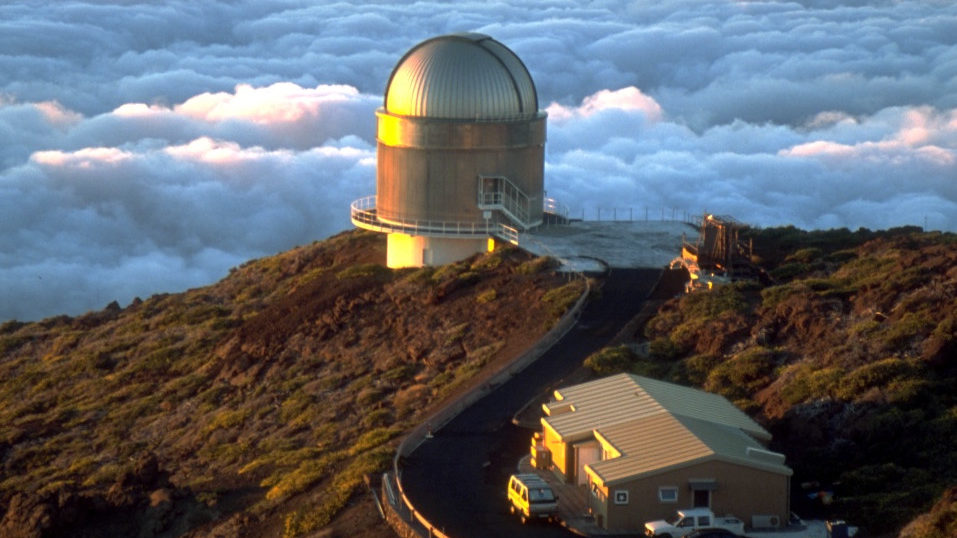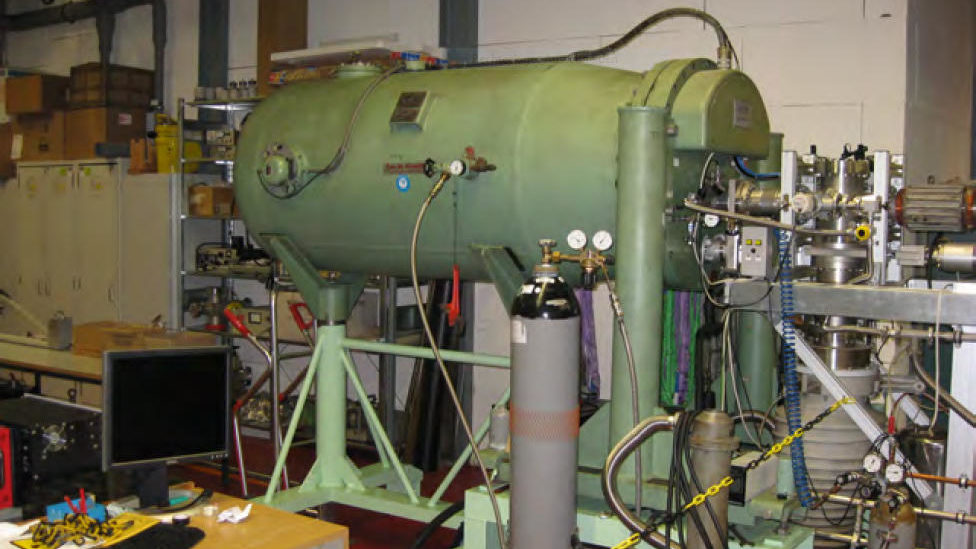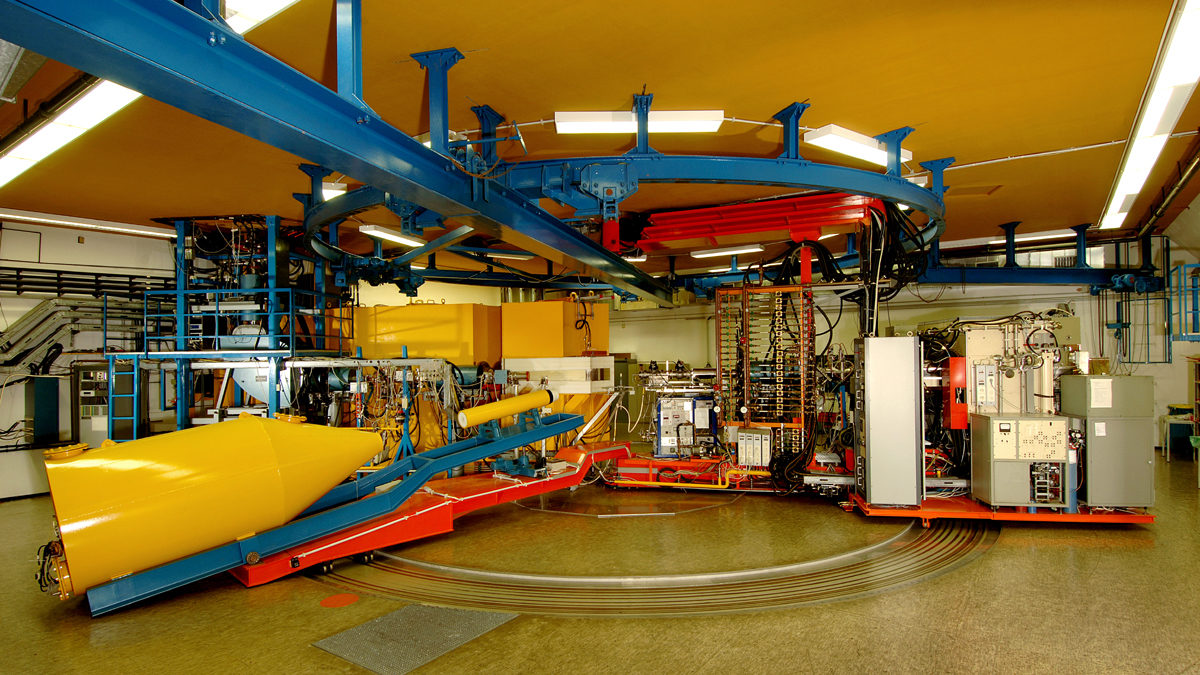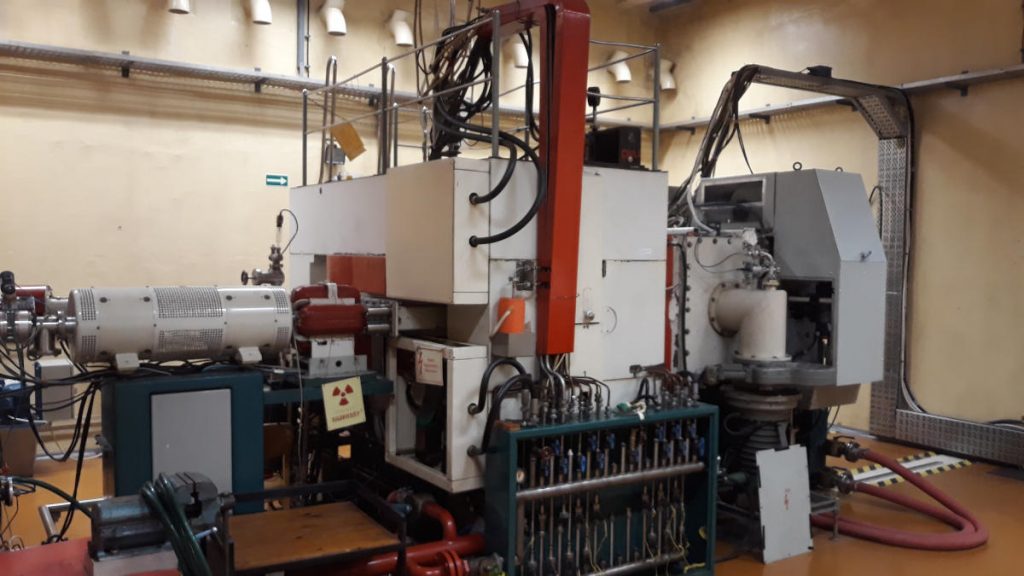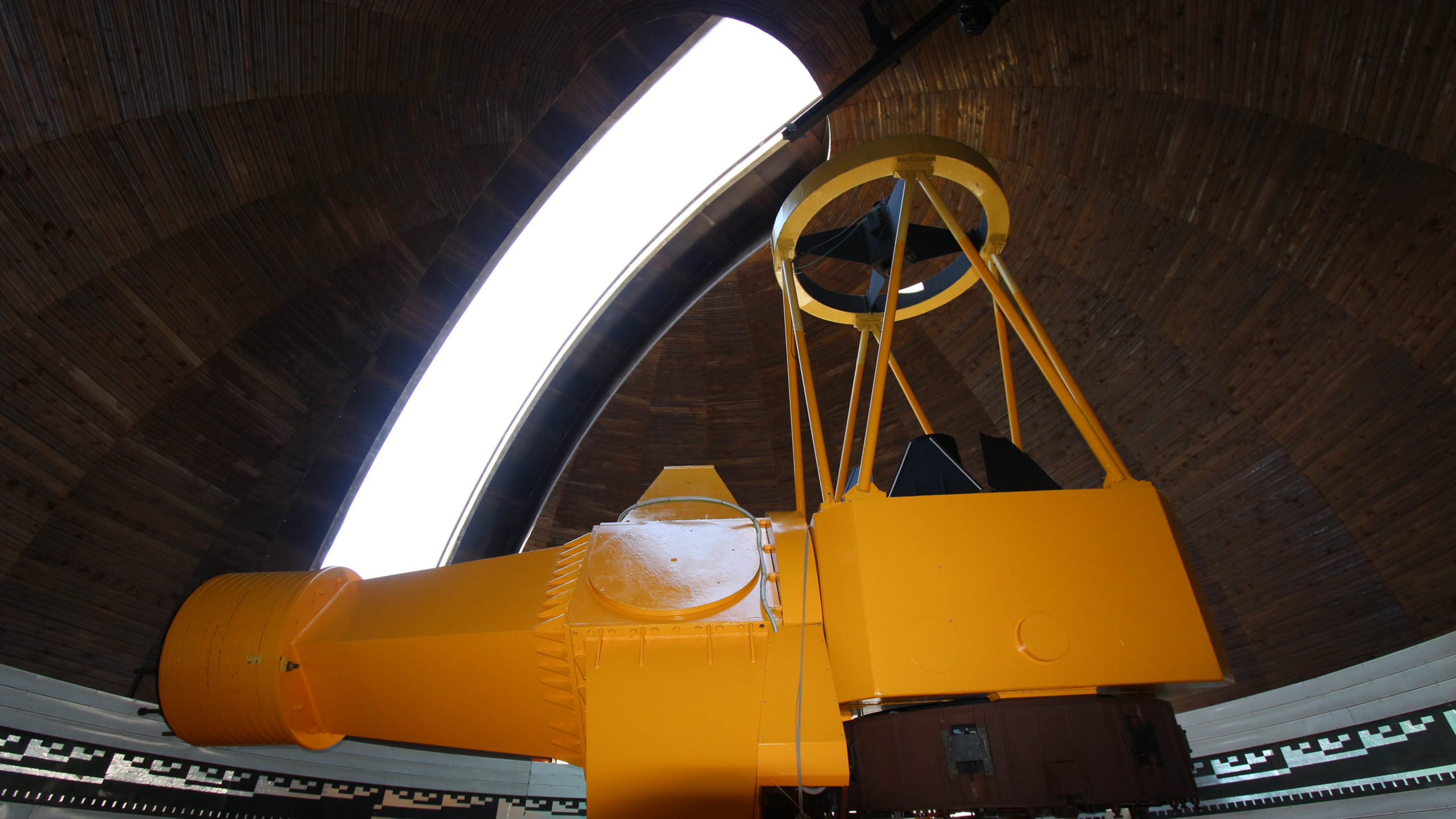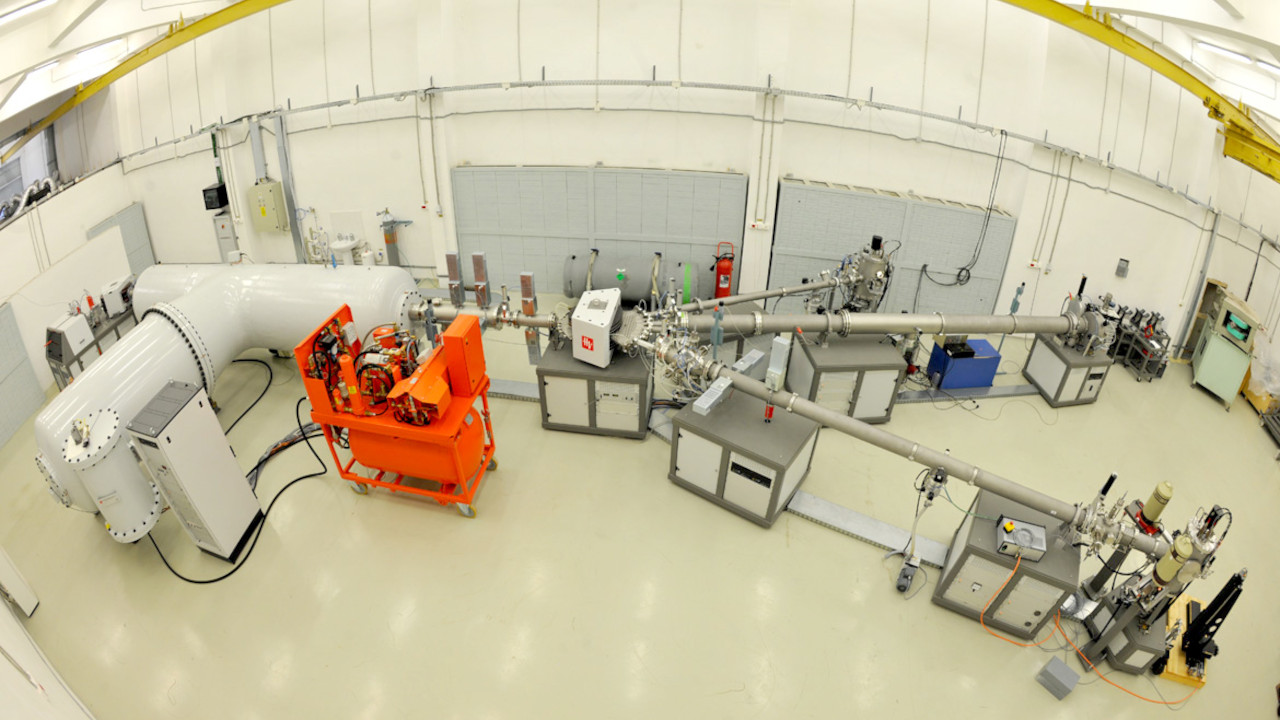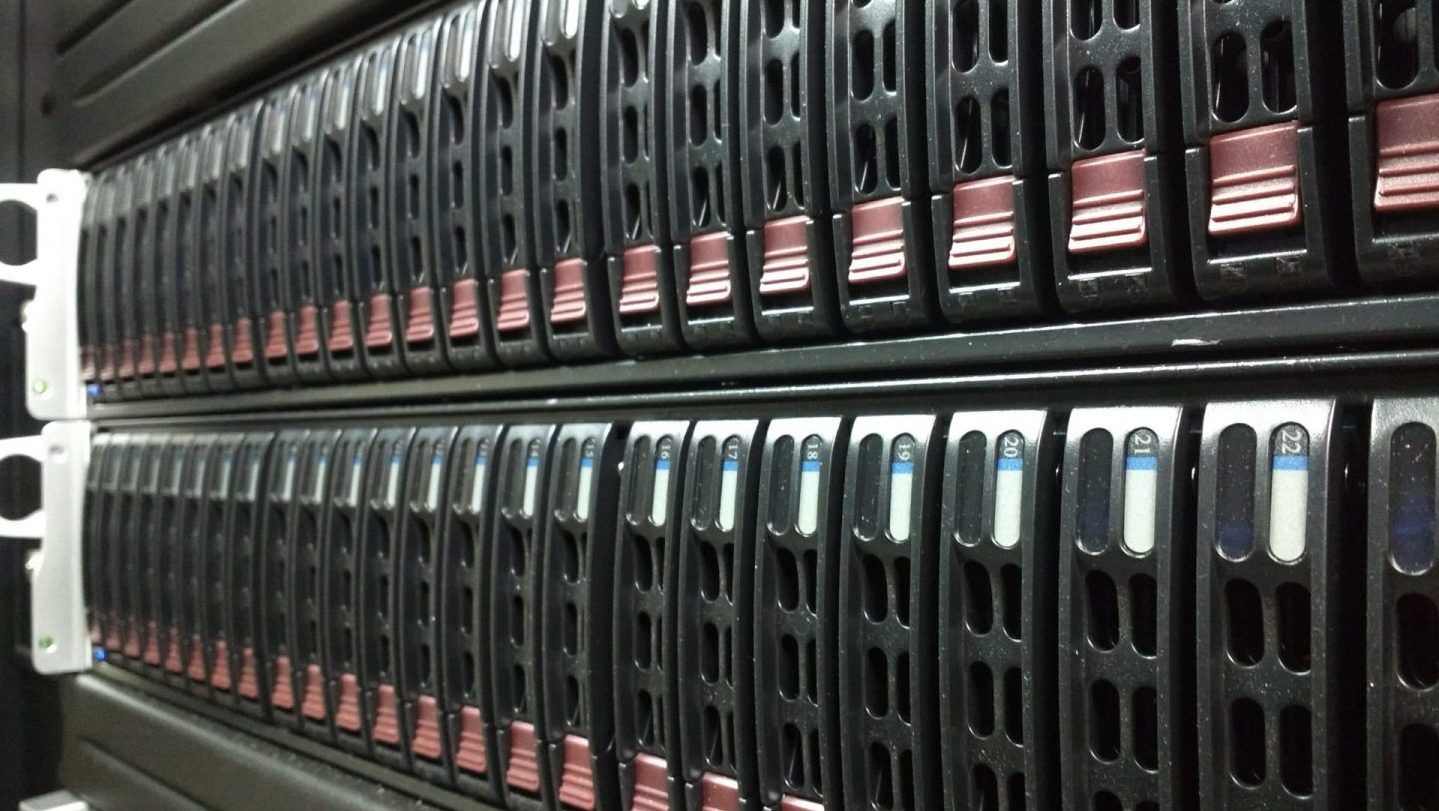ChETEC-INFRA provides transnational access to the 13 infrastructures networked in the project. New and outside users are especially welcome!
Call for Proposals
Proposals can be submitted through the GATE server continuously. The independent user selection panel meets every three months. The next collection date is August 17, 2024.
How to Apply
- Collection dates and user times
- Templates and checklists
- criteria for eligibility, selection and scoring
Contact
TA User Office
- TA Coordinator Konrad Schmidt
- Deputy TA Coordinator Axel Boeltzig
Brief definition of transnational access (TA)
Transnational access by scientific users
- crosses national borders (i.e. users must use an installation located outside the country where they work),
- is free of charge to the users (access fees to the facilities are paid by the European Union),
- may include travel support for the users, again funded by the EU,
- should generally foresee to publish the scientific results,
- is open to scientists of all nationalities and based in all countries (with limits on the amount of access given to users outside the EU and associated countries),
- is allocated by an independent user selection panel, solely based on scientific merit.
Details on the transnational access scheme are shown in this presentation (4 May 2021). The detailed eligibility and scoring criteria are given on this page.
Weekly TA "Office Hours"
For questions and information on transnational access, open Zoom meetings takes place Monday between 14:30 and 15:00 at this meeting link. In case of holidays etc. please confirm with the calendar.
Monthly TA event (Zoom)
You are invited to attend our monthly TA event on Zoom, which features one of the ChETEC-INFRA facilities and allows users to ask any question they may have on Trans-national Access.
TA events presented so far:
- The Felsenkeller underground accelerator (26.07.2021)
- The Vienna Environmental Research Accelerator (VERA) (27.09.2021)
- The IANAO Rozhen Observatory (25.10.2021)
- The University of Hull High-Performance Cluster Viper (29.11.21)
- Accelerator Laboratory at the University of Cologne (31.1.22)
- Horia Hulubei National Institute for R&D in Physics and Nuclear Engineering (28.2.22)
- DREAMS Atomic Mass Spectrometry Facility (23.5.22)
- PTB Ion Accelerator Facility (24.10.22)
- Molėtai Astronomical Observatory (30.1.2023)
- University of Frankfurt Van-de-Graaff accelerator (6.3.2023)
- INFN Bellotti Ion Beam Facility (27.5.2024)
Facilities offering access
Facilities with Trans-national Access include:
Felsenkeller 5 MV underground ion accelerator, HZDR, Dresden, Germany
5 MV Pelletron accelerator for nuclear cross section measurements in a shallow-underground laboratory, shielded from cosmic radiation.
DREAMS (DREsden Accelerator Mass Spectromety), HZDR, Dresden, Germany
State-of-the-art AMS facility with a 6 MV tandem accelerator, dedicated AMS beamlines and dedicated ion sources.
VERA (Vienna Environmental Research Accelerator), University of Vienna, Austria
Dedicated facility for AMS based on a 3-MV tandem accelerator, with a scientific focus on the advancement of ultra-trace analysis of long-lived radionuclides.
Rozhen National Astronomical Observatory, Chepelare, Bulgaria
Observational facility located in Rodopa mountain, with three telescopes for optical observations of comets, asteroids, stars, star clusters and galaxies and a telescope for observations of the Sun.
Perek 2-m Telescope, Astronomical Institute of the Czech Academy of Sciences, Ondřejov, Czech Republic
Telescope located south-west of Prague, equipped with a single-order spectrograph and an echelle spectrograph.
NOT (Nordic Optical Telescope), La Palma, Canary Islands, Spain
2.56m telescope owned and operated in collaboration at the Observatorio del Roque de los Muchachos (La Palma, Spain).
Frankfurt Van de Graaff accelerator, Goethe-University Frankfurt (GUF), Germany
Accelerator facility for proton or alpha beam at 1 - 2.5 MeV, with the capability of neutron production via 7Li(p,n).
PIAF (PTB Ion Accelerator Facility), Braunschweig, Germany
Facility with two low-energy ion accelerators, a variable-energy isochronous cyclotron and a tandetron, providing DC or pulsed beams for time-of-flight experiments.
Cologne 10 MV FN Tandem accelerator, University of Cologne (UoC), Germany
10 MV FN tandem accelerator for nuclear physics and astrophysics research, connected to a fully-equipped target laboratory.
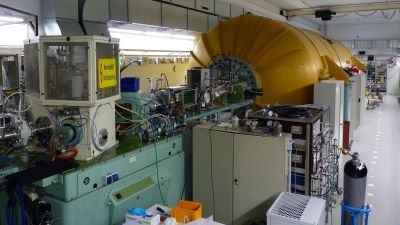
ATOMKI Cyclotron, Debrecen, Hungary
MGC-20 cyclotron capable of proton, deuteron, 3He and alpha beams.
MAO (Molėtai Astronomical Observatory), Vilnius University, Kulionys, Lithuania
Observatory with a 1.65 m Ritchey-Chretien telescope with VUES spectrograph, located 70 km north of Vilnius.
IFIN-HH Tandetrons, Horia Hulubei National Institute of Physics and Nuclear Engineering, Bucharest-Măgurele, Romania
Facility with three tandem accelerators for nuclear astrophysics and AMS, and connected target laboratory.
VIPER High Performance Computing, University of Hull, United Kingdom
High Performance Computing (HPC) cluster with 180×2×14-core processors (3.3 GHz, 128GB RAM), 4×4×10-core processors (2GHz, 1TB RAM), and more.
Bellotti Ion Beam Facility, Assergi, Italy
(from 17.08.2024 call)
3.5 MV ion beam accelerator in a deep-underground laboratory, shielded from cosmic radiation.

